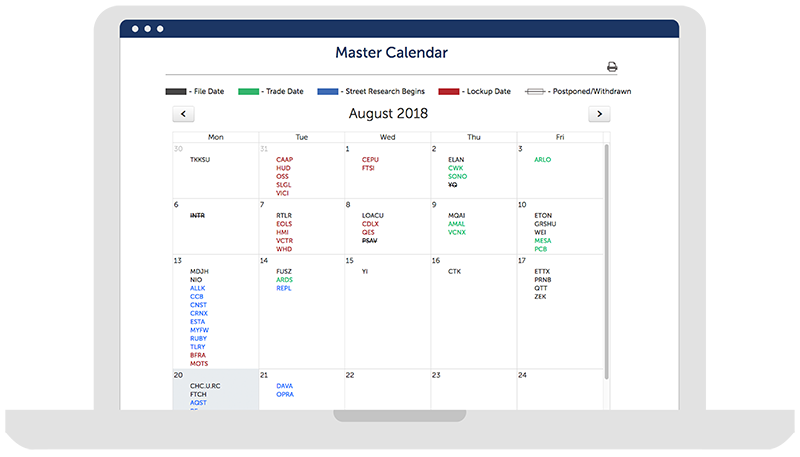Large biotechs outperform those that command smaller valuations at the time of the IPO.
Early-stage immunotherapy biotech NantKwest (NK) priced above the range on Monday night, and its fully diluted market cap of $2.6 billion makes it the largest development-stage biotech to go public in the US. Intra-day trading on Tuesday puts NantKwest's first-day performance in line with the median of other large biotechs.
From July 2013 to July 2015, 125 biotech IPOs have gone public in the US:
Historical trends suggest that trading up from here may prove more difficult for NantKwest.
$1+ billion biotechs: strong day 1 returns, mixed follow-through
After NantKwest, the next largest biotech IPO with a $2.2 billion market cap is Juno Therapeutics (JUNO), up about 100% from its December 2014 IPO. Intrexon (XON) leads the group with a 240% return. However, the eight biotechs with $1+ billion valuations on average obtain their returns on the first day, then have mixed performance thereon. Axovant (AXON; 0%) and Aduro Biotech (ADRO; +55%) gained 99% and 147% on their first days, respectively, but have since fallen significantly. Early-stage immunotherapy biotechs Cellectis (CLLS; -16%) and Adaptimmune (ADAP; -13%) are the two with negative returns, unable to support their massive valuations at IPO.
Market cap $500-999 million: the top-performing group
The 13 biotech IPOs with market caps between $500 million and $999 million lead the rest, both in terms of average first-day pop (+53%) and post-IPO follow-through (+76%). Three-fourths have a return above 50%, and almost half trade more than 150% above the offer price. These include high-flyers like Agios Pharmaceuticals (AGIO; +504%), Ultragenyx Pharmaceutical (RARE; +457%), Kite Pharma (KITE; +305%), and this year's Spark Therapeutics (ONCE; +169%).
Mixed performance from large US offerings of foreign-listed biotechs
Of note, the two worst-performing biotechs with market caps over $500 million, Cellectis (CLLS; -16%) and Celyad (CYAD; -17%), had already been listed in Europe and flew up over 100% in the six months prior to their US offerings. The other two large US IPOs from foreign-listed biotechs have had strong performance: DBV Technologies (DBVT) is up 94% from its offer price and Galapagos (GLPG) is up 30%. DBV is a peer to upcoming IPO Aimmune Therapeutics (AIMT).
Several all-stars from larger biotech given deep discounts
Seven biotech IPOs with a $200+ million market cap have priced below the range. While none traded above 10% on the first-day, these mid-size, "deep discount" biotechs have all traded up in the aftermarket and average 289% from the offer price, driven up by Radius Health (RDUS; +822%), Atara Biotherapeutics (ATRA; +426%), Alder BioPharmaceuticals (ALDR; +325%) and Relypsa (RLYP; +209%).
Almost half of biotechs below a $250 million market cap trade below the offer price
The "coin-flip" cutoff appears at just under $250 million: About half of biotechs that have gone public at a market cap of $250 million or less now trade below the offer price. For the 12 biotechs with a market cap below $100 million, the proportion of companies with a negative return increases to 75%, and about half of these have lost more than 50% of their value after the IPO. A notable outlier is this year's best-performing IPO, Inotek Pharmaceuticals (ITEK), which priced 57% below its midpoint but recently soared to a gain of about 180%.


